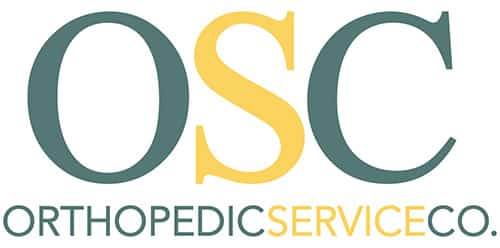According to the U.S. Bureau of Labour Statistics the employment-population ratio for people with disabilities reached 19.1 percent in 2018, and while the numbers keep growing as time goes by, there’s still a lot improvement needed when it comes to making the workplace an accessible space.
Considering that there are around 40 million people living with different disabilities in the U.S. alone, excluding the part of the population out of the workplace, isn’t just illogical but downright illegal. The Rights of Persons With Disabilities Act (RPWD Act) mandates equality and non-discrimination, attributes that can only take root if people with special needs aren’t excluded due to structural and attitudinal barriers.
Making the workplace an accessible space can prove highly beneficial to your business, your employees, and your corporate structure, by helping generate awareness around the fact that people with disabilities can be just as capable as anyone else contributing to the workforce.
There are many ways in which a company, employer or HR department can make sure to adopt an inclusive work culture. While physical accessibility is certainly the main concern here, the adoption of assistive technology, modifications on the work day and schedules, and continued training and monitoring of employees is fundamental.
Simple Ways To Make The Workplace An Accessible Space
1. Build awareness and invest in training
An aware workforce is a much more empowered one. Creating awareness around the necessity to include people with disabilities and how to best make it happen is essential.
Training for employees that addresses proper etiquette and helping disabled co-workers in emergencies should be the first step when building an accessible workplace. It’s also just as important to take into account any conscious or unconscious bias some may have about their disabled counterparts and work to dispel these notions.
2. Create physically accessible spaces
In order to make the workplace an accessible space, you must make sure that your office design accommodates everyone. An accessible parking space, having wheelchair ramps where stairs are, installing railings and height adjustable desks, having easily accessible plug sockets, modifying bathroom and common spaces, and tools such as adjustable monitor arms are some of the modifications and equipment you can have installed to make this possible.
3. Take advantage of assistive technology
Assistive technology can make a great difference when wanting to make the workplace an accessible space, as it helps disabled employees better deal with daily tasks. This can mean color-coded keyboards, refreshable Braille displays, specialized screen reader software, assistive listening devices, speech recognition, sign language apps, and more.
Training your disabled employees to make use of assistive technology can be greatly beneficial to making them feel capable and comfortable while performing their work.
4. Focus on health and well-being
The health and well-being of all of your employees in general should be mandatory. Offering support and encouragement to everyone will help your disabled employees perform at the top of their abilities and be equally productive in everything they do. Games, physical activities and other recreational options can make this happen, along with including families and caregivers of disabled employees in your awareness initiatives can make it easier for them to get used to their new job.
Initiatives, such as forming a support group for disabled employees to voice their concerns and discuss any issues regarding the workspace, can be another great tool to make everyone feel included and important.
5. Make the work day more flexible
Modifications to the work day can be highly beneficial to the comfort and sense of appreciation of disabled employees and their special needs. This may mean more flexible starting times, the option to work from home, and frequent breaks.
When you take the proper initiatives to make it happen, creating an inclusive workplace can improve your employees’ morale, the productivity of your business, and help your company build a better brand for itself, while directly contributing to social development.

 p-t0">
p-t0">